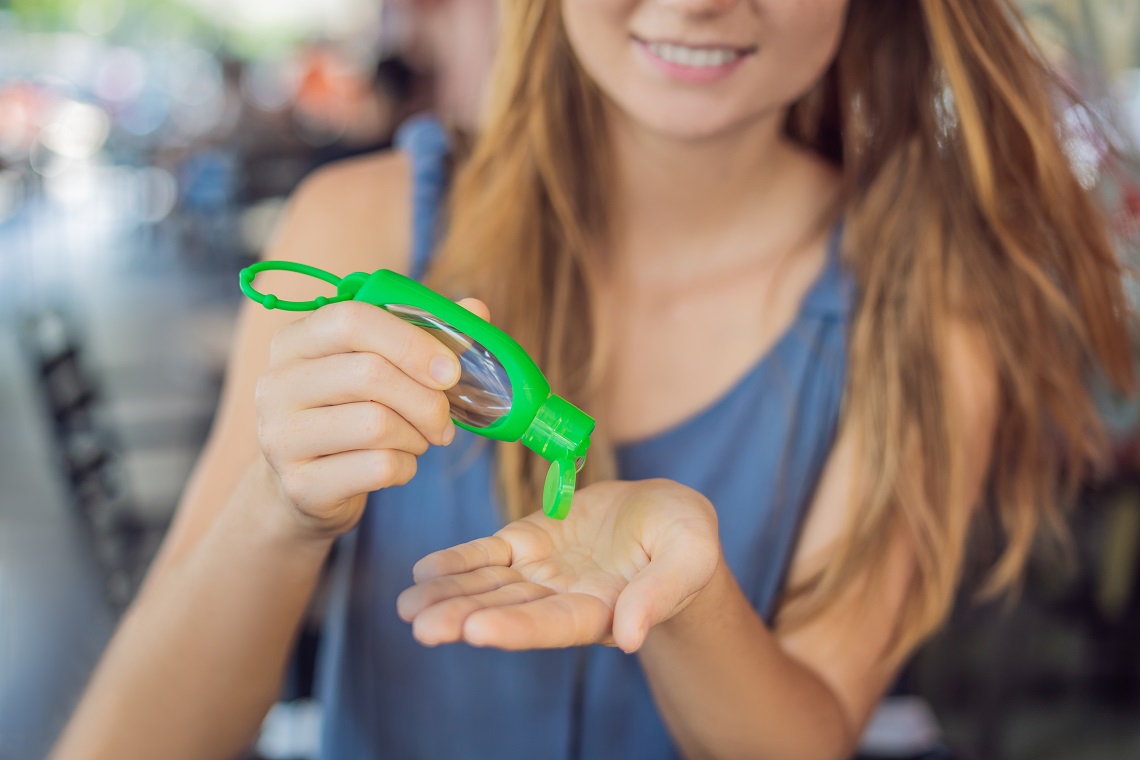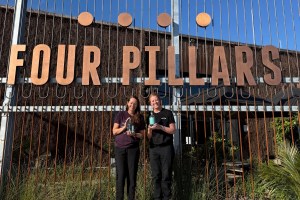What's Hot
Celebrating Sauvignon Blanc of the Year
Decades in the making, Catalina Sounds have received the 2025 London Wine Competition award of Sauvignon Blanc of the Year on their 2024 Catalina Sounds Sauvignon Blanc. Up against heavy competition of wines from all over the...
Bacardí & Coca-Cola: The iconic mix, now premixed.
Two of the world’s most iconic brands have come together to create this summer’s must‑have drink – Bacardí & Coca‑Cola, now available in a delicious, perfectly balanced, ready‑to‑drink (RTD) format....
Hoxton London Spritz Rewrites the Rules for Spritz Season in Australia
Forget what you thought you knew about spritz season. Hoxton London Spritz, the latest drop from London flavour trailblazers Hoxton Drinks, is rewriting the rules with a bold, botanical twist...
The Soul of Greek Wine
A journey through iconic zones, from the northern mountains to the islands. Greece is a country where sun, sea, and land come together to create wines with identity and authenticity. From...
National Demand Surges for Compa Tequila RTDs
Compa Drinks Co has exploded onto the Australian market this August with the national launch of its innovative tequila RTD range, developed in partnership with Alepat Taylor. Within weeks, the brand has...
Paramount Liquor Launches Game-Changing New Website
Paramount Liquor has proudly unveiled its brand-new website, designed from the ground up with hospitality venues front of mind. This digital transformation marks a bold step forward for the business...
GLENFIDDICH UNVEILS LIMITED EDITION 16-YEAR-OLD WHISKY
Glenfiddich, the World’s Most Awarded Scotch Whisky, is releasing a limited edition Glenfiddich 16-Year-Old Single Malt Scotch Whisky, celebrating its multi-year partnership with the Aston Martin F1® Team. Available in Australia just in time for Father’s...
Two Tassie Single Malts under $99
From the makers of Australia’s Finest Aged Whisky comes two remarkable single malts that deliver the quality and flavour you’d expect from Hellyer’s Road, for under $99 RRP. In the...
Finally, an Authentic German Session Lager!
Introducing the Hofbräuhaus 3.3 Session Lager – available in 500mL cans and 50L Kegs, this 3.3% unfiltered Larger is a winner! Empire Liquor presents Hofbräu München – The original Brew of Bavarian...
Built to Scale with You
Outrayjus understands the distinct demands of the sectors it serves. Whether you’re moving ambient or chilled products, boutique, or bulk orders, the Outrayjus model is engineered for flexibility and growth. It’s a logistics...
The Shy Kiwi wines bring quiet New Zealand charm
Independent Beverage Partners has launched a new wine range, The Shy Kiwi, inspired by the quiet charm of New Zealand’s beloved kiwi bird. Just as the kiwi navigates its world...
Crafting the new rules for whisky
With rising tariffs and growing demand for local spirits, Starward’s Two-Fold is winning over curious whisky drinkers—thanks to its bold flavour, local ingredients and competitive price point. With escalating tariffs...




























